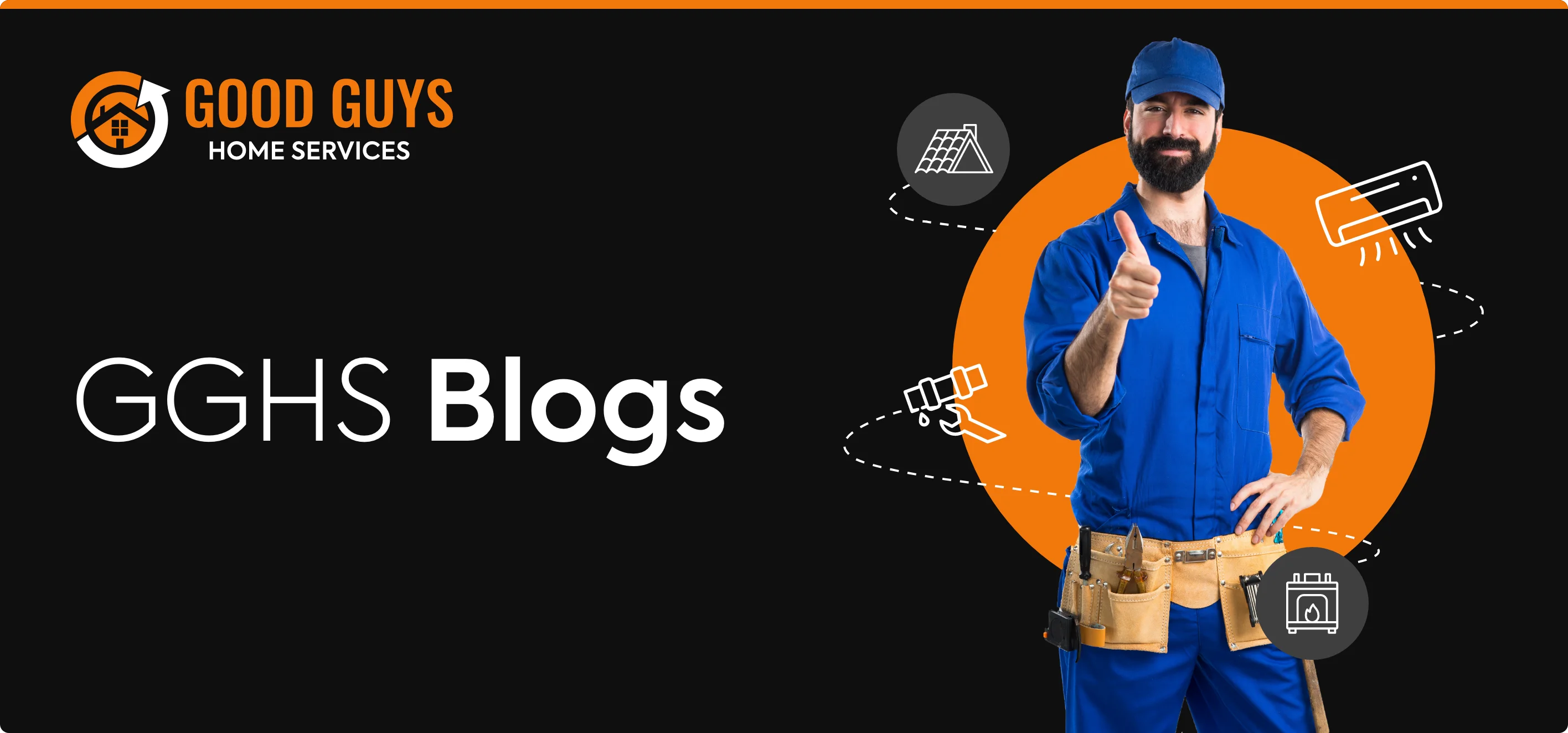Cleaning dirty filters, condensers, and coils may be a fairly straightforward job, but some Heating & Air Conditioning problems are more complex.
So it’s important to take preventive measures by learning about the most common repairs for home Heating & Air Conditioning systems. You’ll get the most out of your unit and save a significant sum if anything goes wrong.
1. Air filter issues
With dirty air filters, air doesn’t pass through the furnace as it should. Thus, your furnace works much harder to circulate air through your home, needlessly straining the blower and resulting in comfort issues. You may also see a spike in your utility bills.
Replace your air filter on a regular basis to extend the life of your furnace and keep it from overheating.
2. Dirty condenser or evaporator coils
Accumulated dirt and debris may clog the coils in your HVAC system. Like dirty air filters, clogged coils also put unnecessary strain on both the air conditioner and furnace to work harder.
Cleaning the coils will improve heating and cooling efficiency.
3. Malfunctioning thermostat
A faulty thermostat doesn’t send the correct signals to your HVAC system, so it isn’t keeping your home at the temperature you desire.
You can fix a malfunctioning thermostat by recalibrating it or installing a new one.
4. Blown fuse
When the circuit breaker trips, or if there’s a short in the wiring, a fuse may blow and cut the power supply to the unit.
You can check for a blown fuse yourself, but this can be risky without knowing the basic electrical system of your unit.
5. Ignition system failure
A broken flame sensor stops the burners from igniting, But ignition failure also occurs when the furnace isn’t getting gas, if the gas mixture needs to be readjusted, and if you have a faulty thermostat.
When a component in the ignition system is exposed to wear and tear, it may also lead to ignition issues.
6. Odd furnace noises
It’s normal for your furnace to make a chirping sound. However, there are problematic furnace noises to watch out for, such as high-pitched squeaking or squealing, scraping or screeching metal noises, and humming or buzzing sounds.
These sounds can indicate anything from a loose mounting screw to a cracked heat exchanger that may be leaking gas.
7. Mechanical wear and tear
If one component of your Heating & Air Conditioning system is broken, faulty, or worn down, it affects the functionality of your unit, resulting in overheating, airflow issues, and heating and cooling problems.
The bearings, belts, compressors, and motors in your Heating & Air Conditioning system are more prone to wear and tear, so regularly replacing them is required.
8. Low or no heat output
A drop in heat output might be due to dirty air filters, clogs in exhaust vents, damaged flamed sensors and electrical issues.
If your furnace is short cycling or turning on and off too frequently, it also lowers the output.
9. Furnace blower isn’t running
The motor may be burned out, or its belt could be broken or frayed.
A hot blower motor indicates an overheating problem, so it needs to be replaced to get the blower back up and running.
10. Water leaks in furnaces
Water leaks in furnaces due to clogged or cracked drain lines. Water can also seep through a cracked heat exchanger.
Your Heating & Air Conditioning tech can offer repair options when the source of the water leak is determined. But leaks may lead to furnace failure if overlooked, so it’s crucial to get your furnace serviced at least once a year.
Heating & Air Conditioning problems occur at the most inconvenient times, so scheduling regular maintenance and tune-ups with experienced contractors is essential to keep your system running at peak performance and avoid more expensive breakdowns.






